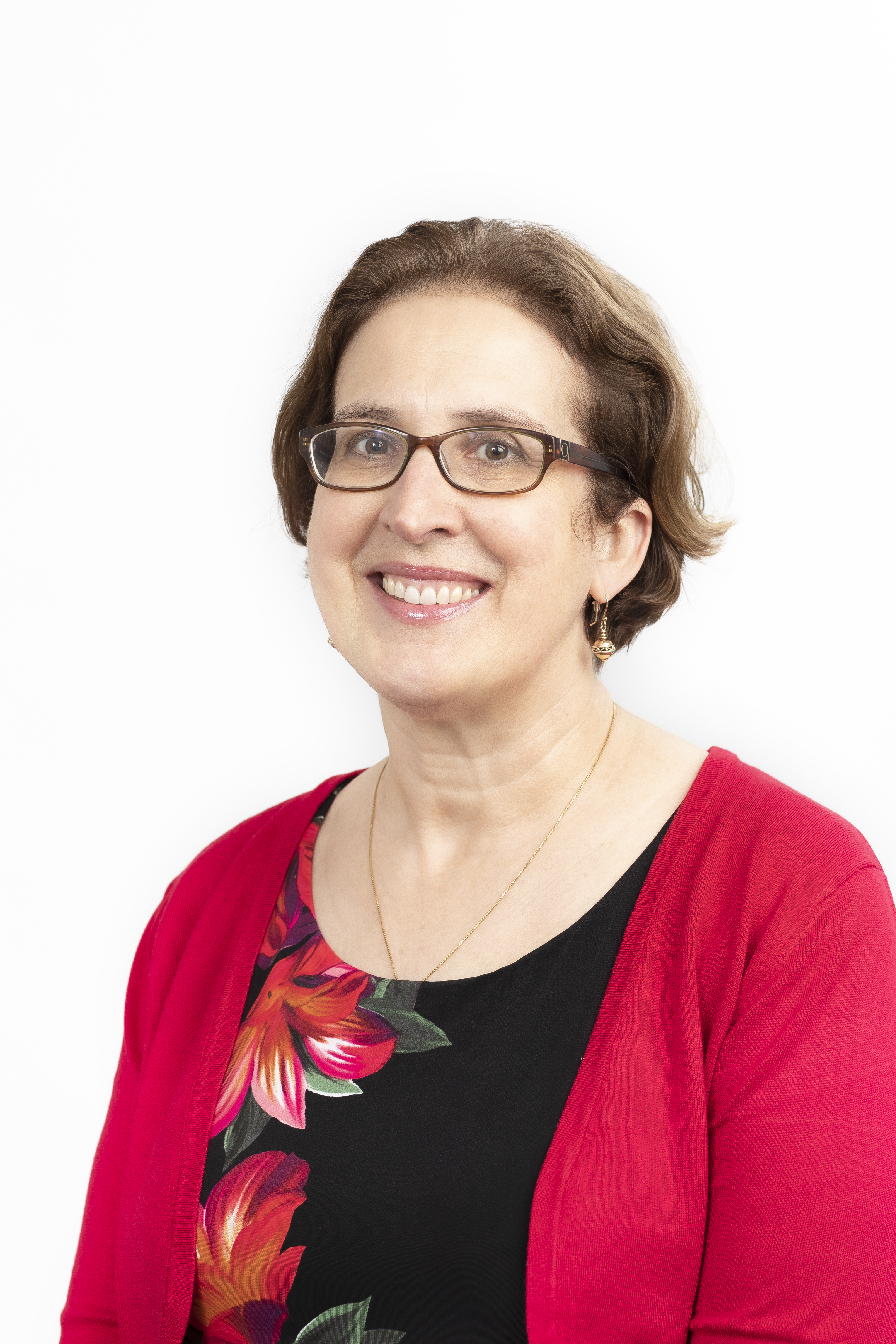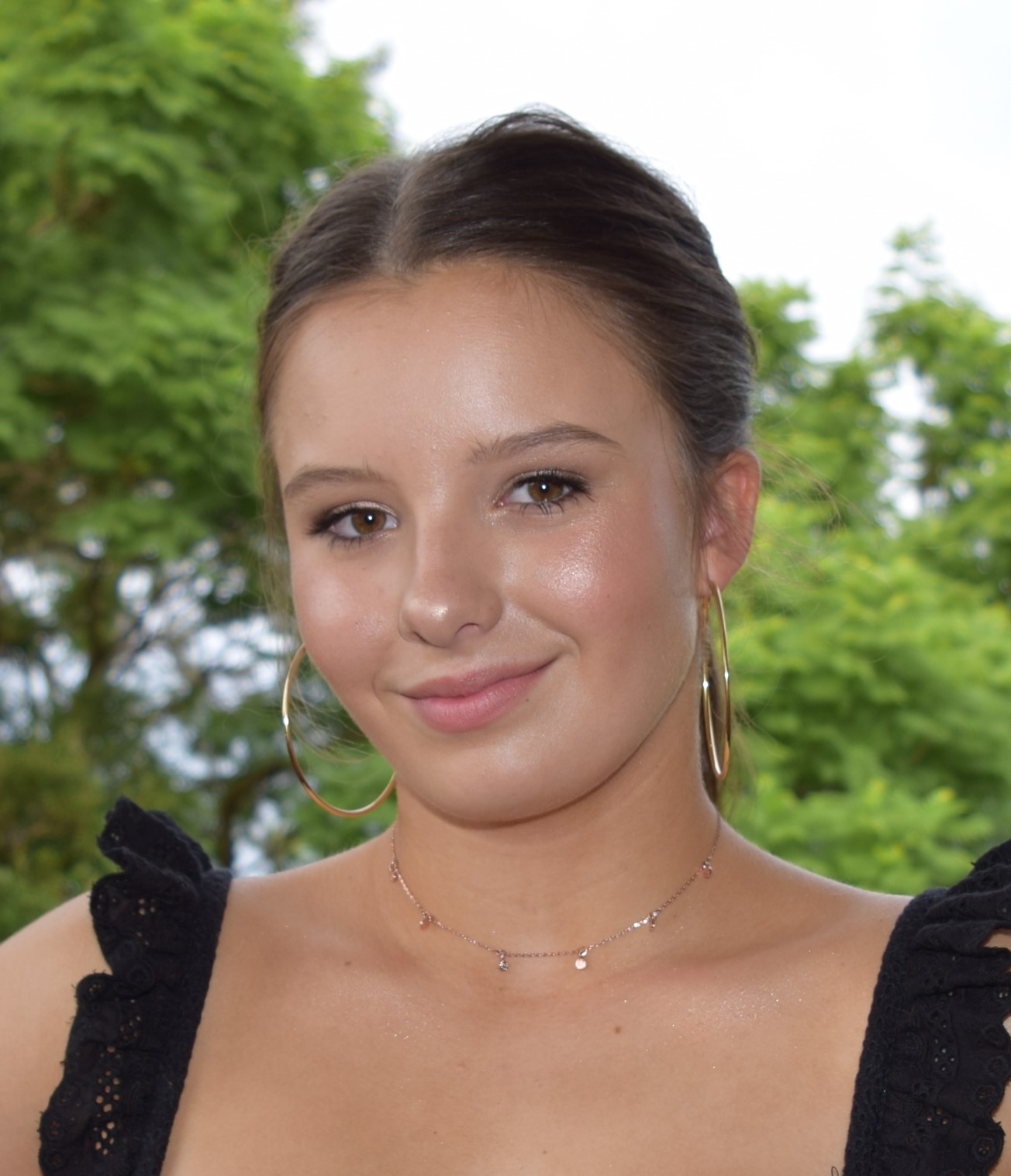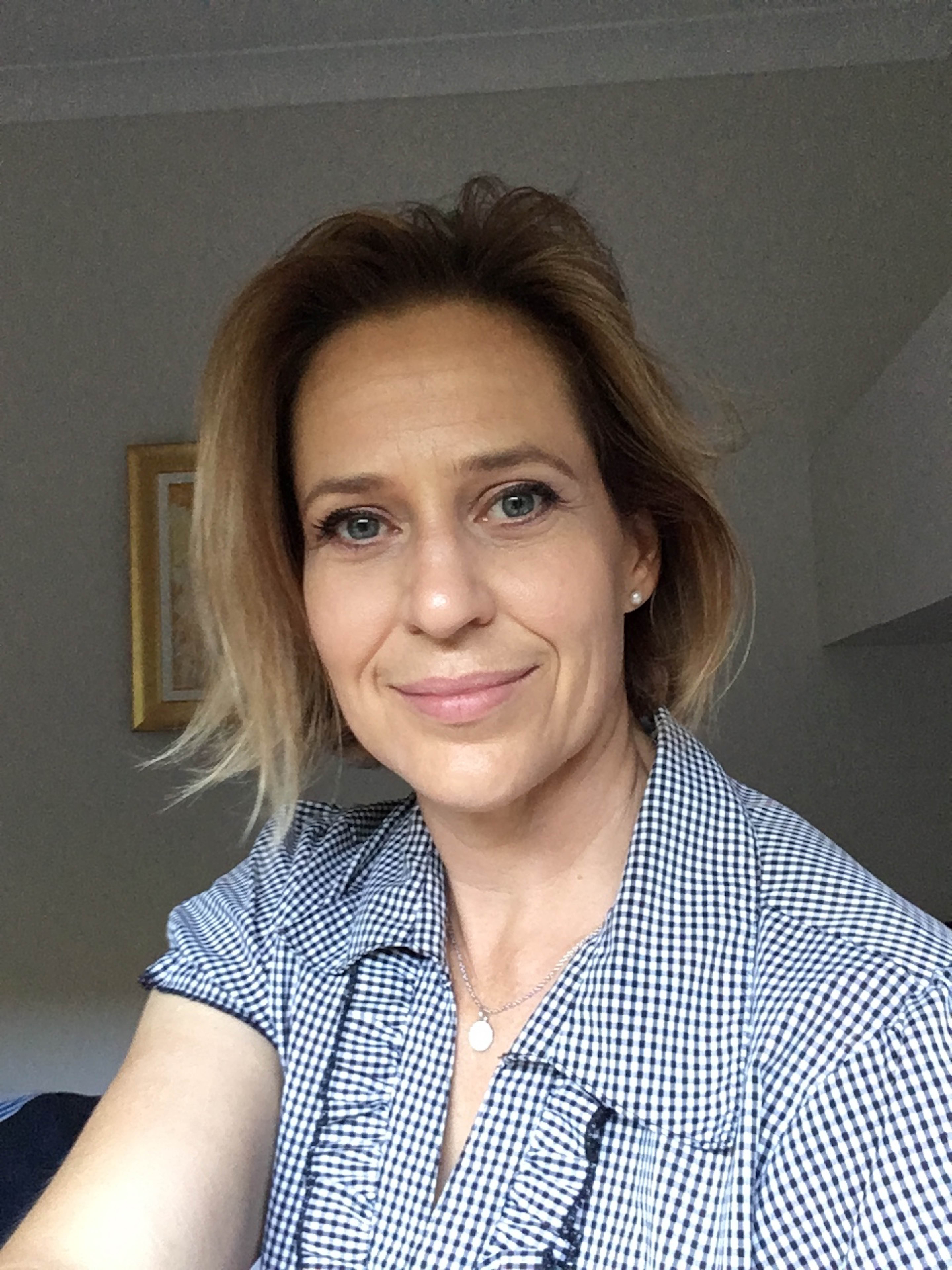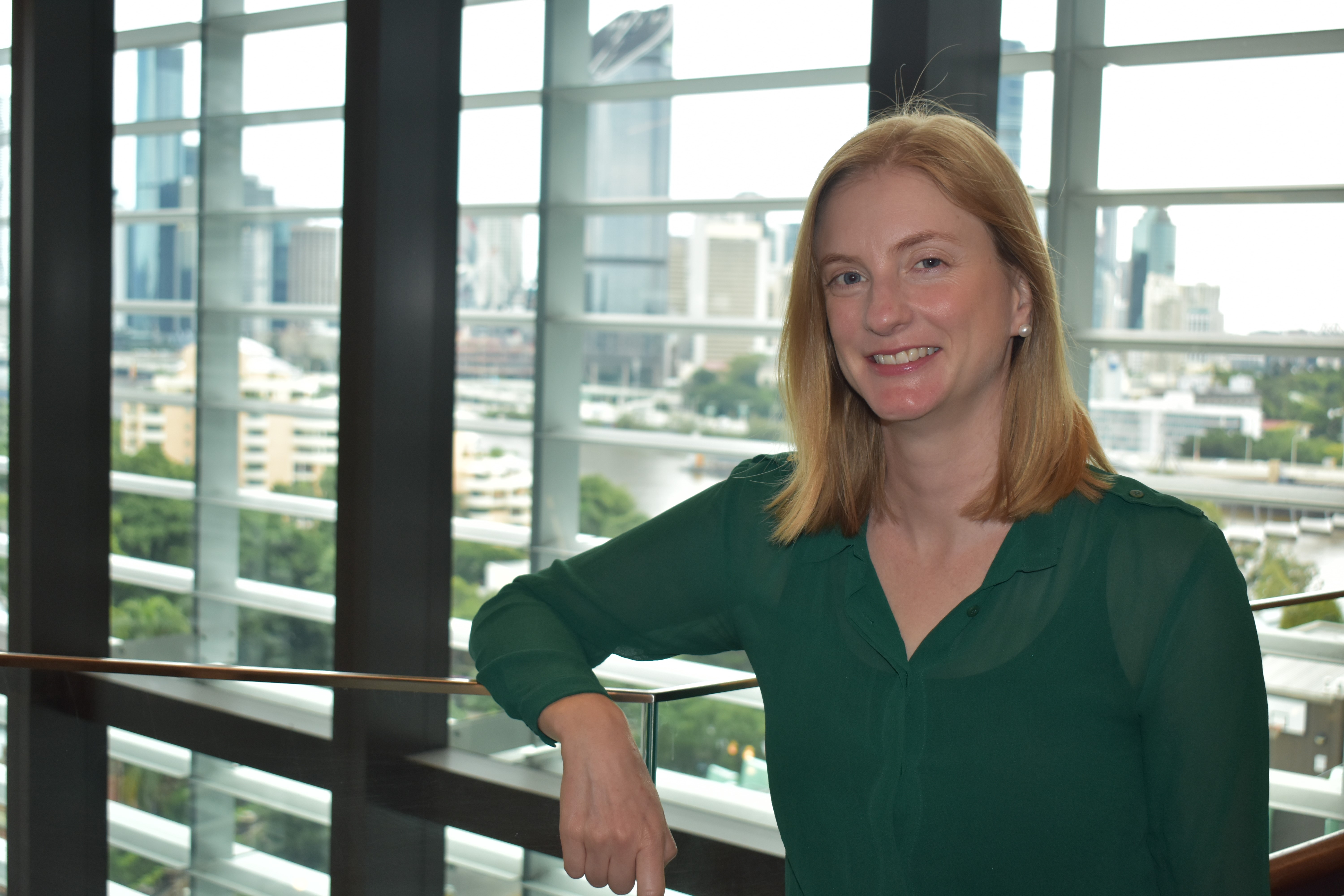Throughout National Science Week and St Margaret’s Science Festival (14-22 August), we are shining the light on the scientists among our St Margaret’s Alumni who are an inspiration to today’s students.
Professor Jennifer Byrne (’83)
Describe your role as a scientist.
Jennifer: I am Director of Biobanking with NSW Health Pathology and a conjoint Professor at the University of Sydney. We study how biomedical research can be improved through better research support, and a more reliable evidence base within the genetics literature. Our research was profiled by the journal Nature recently: https://www.nature.com/articles/d41586-021-02136-y
What do you hope your research will achieve in the future?
Jennifer: We hope that our research will show how we can make better investments in research support structures such as biobanks. We are also tackling the problem of unreliable published information about human gene function, to help to translate the results of human genetics to patients. Scientific evidence helps people to make better decisions about what to do next.
What drew you to science in the first place?
Jennifer: I’m a curious person who is fascinated by what we don’t know about the world. Being a scientist means being able to ask questions for a living.
Eloise Matyear ('20)
What field of science are you currently studying?
Eloise: I am currently studying a dual degree in engineering and science. I am majoring in physics in my science degree. I particularly want to continue my studies in astrophysics and astronomy. In the future I hope to be either an aerospace engineer, astronaut or astrophysicist/astronomer - pretty much anything to do with aviation and space exploration, like working on planes and rockets, as well as exploring and researching the universe.
What job do you hope to move into in the future?
Eloise: I hope my research will allow Australia, in particular, to keep participating in the space race and allow the nation to be more heavily involved with rocket launching and space exploration in general. I also hope that my studies allow for a better understanding into how the universe works and exploring things such as distant galaxies and the livability of other planets.
What do you hope your research will achieve in the future? How will it assist us?
Eloise: I hope my research will allow, especially Australia, to keep participating in the space race and allow the nation to be more heavily involved with rocket launching and space exploration in general. I also hope that my studies allow for a better understanding on how the universe works and exploring things that mankind hasn't yet such as distant galaxies and the livability of other planets.
What drew you to science in the first place?
Eloise: I think what drew me to science was the fascination of not just how things work but why they do what they do. I was always so fascinated that science is happening around us everyday but no one notices and that as humans we have only touched the surface of science in our universe and I think it is very exciting to learn about the world around us.
Dr Jessica Worthington Wilmer ('85)
Describe your role as a scientist.
Jessica: My role as a scientist at the Queensland Museum is richly multifaceted. There is, of course, the “doing the research” involving field work, lab-based bench work, computer data analyses and the writing of scientific publications. Additionally, I am also a collection manager (accessioning and databasing collection material, facilitating donations and loans), a fundraiser (grant writing), a negotiator (engaging stakeholders and community members), an educator and content developer (student training, public outreach programs), a project manager (running grants, organising field trips), a purchasing officer (laboratory and collection management supplies, field equipment), and finally, but by no means least, an administrator (the endless paperwork).
collection manager (accessioning and databasing collection material, facilitating donations and loans), a fundraiser (grant writing), a negotiator (engaging stakeholders and community members), an educator and content developer (student training, public outreach programs), a project manager (running grants, organising field trips), a purchasing officer (laboratory and collection management supplies, field equipment), and finally, but by no means least, an administrator (the endless paperwork).
What do you hope your research will achieve in the future? How will it assist us?
Jessica: As an evolutionary biologist, I use genetic data to gain insights into the history and the processes of how our incredible biodiversity came to be. Having a better understanding of species and the forces that influence them, can be directly used to improve the effectiveness of on-the-ground management and wildlife conservation programs. My hope for the future is that through sharing that research, it can foster in others a love and awe of our natural world and an appreciation of the critical mutualistic relationship we have with it.
What drew you to science in the first place?
Jessica: The key factors that propelled me down a scientific career path were having a strong aptitude for biology (it was my favourite subject at school), being utterly enthralled by the BBC TV series “Life on Earth” (the first of Sir David Attenborough’s mind blowing nature documentaries) and an overwhelming propensity to ask “but why?”.
Dr Anna Francis (’99)
Describe your role as a scientist.
Anna: I am a clinician researcher at Queensland Children’s Hospital. I’m exploring long-term outcomes for children with kidney transplants with a focus on modifiable risk factors for poor outcomes.
What do you hope your research will achieve in the future?
Anna: The aim is to identify key areas that we can target to improve the long-term health, including mental health, for young people with kidney failure and help them to achieve their life goals.
What drew you to science in the first place?
Anna: I was drawn to science at an early age because of my Grandfather, who was a paediatrician who loved helping young people with chronic disease to live full lives